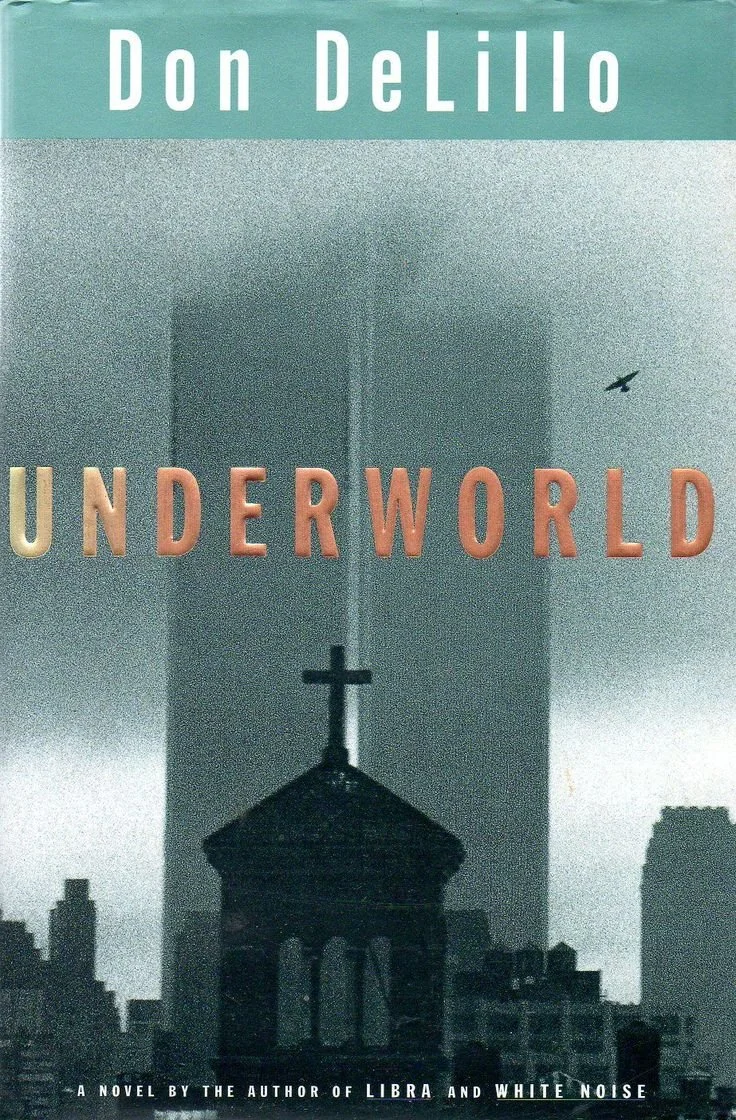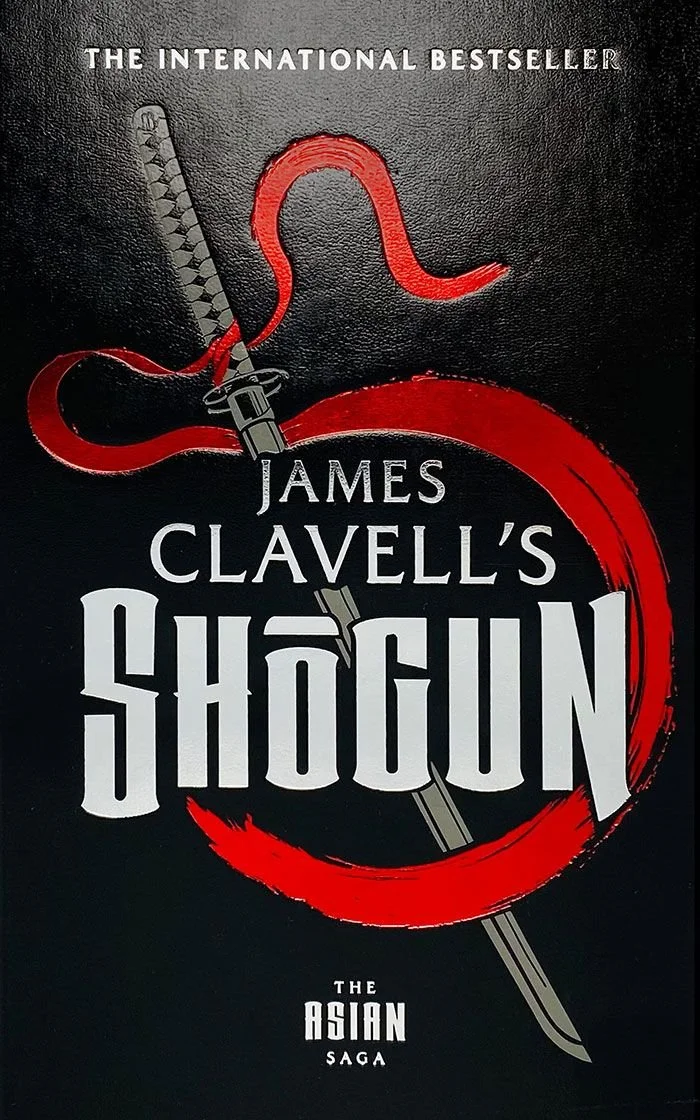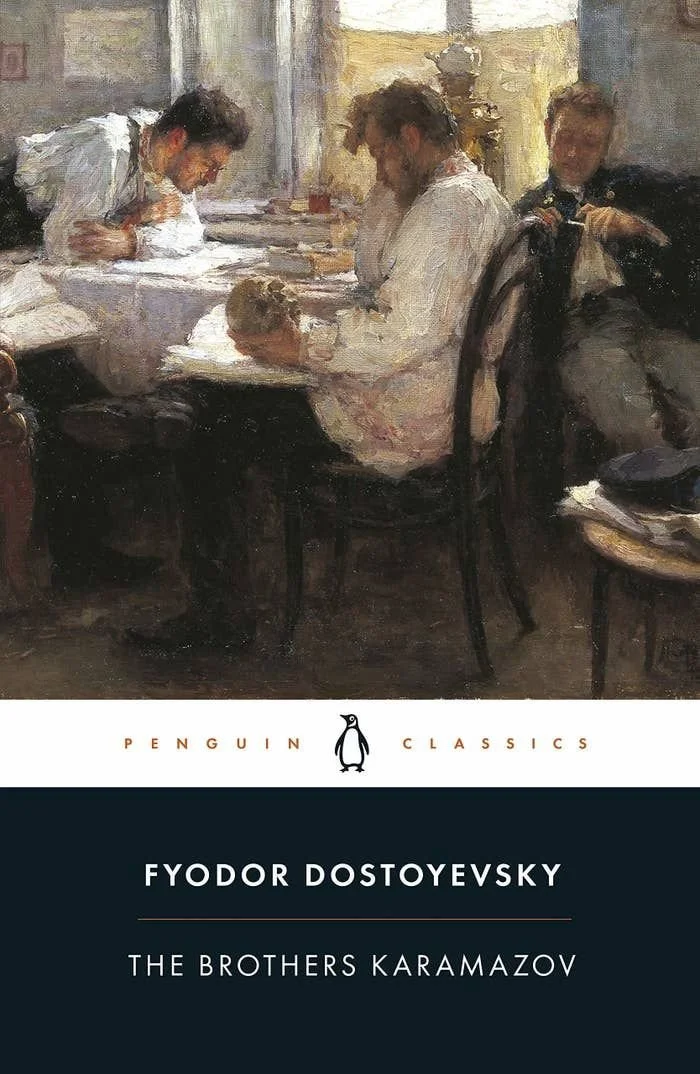The Longest Spring Reads to Stretch the Evenings
By Arts & Lit Editor Luca Cavallo
Easter Break is approaching and will deliver us the priceless gift of time. During our weeks loaded with lectures, it’s natural for us to turn to short books that we can fly through in a weekend. Having a big, hefty book to lug around campus between classes is burden that only the strongest and nerdiest of us can manage. But with the break on its way, you can have the opportunity to let your big-reader-bigger-book complex shine! Let’s take a look at some lengthy reads to enjoy the Spring with.
1. The Goldfinch by Donna Tartt
Donna Tartt is quite open about how slow she is at writing, admitting that she has ‘tried to write faster and [doesn’t] really enjoy it. Tartt may take her time, but she certainly delivers. The Goldfinch is a powerful novel. The action eases its way through several years in the life of Theo Decker. After losing his mother in a bombing, Theo struggles to find his place in the world and meets a variety of unique characters throughout a series of weird and wonderful events. Theo’s father figure, Hoby, introduces him to a New York antique shop and Pippa, who he quickly falls in love with. When Theo’s actual, deadbeat father whisks him off to Las Vegas, he meets Boris, a charismatic though troubled Ukrainian boy. The novel centres around the painting Theo robbed from the scene of his mother’s death, Carel Fabritius’ The Goldfinch. This novel is one that deals with the close relationship of beauty and obsession. It a coming-of-age story that is heartbreaking yet uplifting.
2. White Teeth by Zadie Smith
I don’t find a lot of books funny on a laugh-out-loud level of comedy, but White Teeth’s wicked irony got a lot of laughs out of me. This book may not be quite as long as the others on this list, but it certainly feels like it. Zadie Smith uses a compelling maximalist style, detailing the woes of three entire families over several generations. With the astounding variety of characters (along with their respective backgrounds) defining their own histories throughout the novel, it is quite inevitable that your opinions of the characters and plotlines will be equally varied. For example, in my reading of this book I encountered some of the most fascinating portraits of immigrants learning to get on with modern Britain. On the other hand, I encountered some of the most irritating representational characters of white, middle-class Britain. But the combination of such characters makes for a crazy good read, no matter how long it is.
3. Underworld by Don DeLillo
This is one of those long books that people complain about, mostly because it is long (huh?), such as Foster Wallace’s Infinite Jest and Tolstoy’s War and Peace. Sure, the narrative might not be nearly as compelling as White Teeth, but the overall themes and effect of the novel will last you a lifetime. They say that America invented paranoia as a state of mind, and Don DeLillo is certain of this in Underworld, as well as in another of his books, White Noise. By placing the homerun that wins the 1951 baseball World Series in parallel with the first atomic bomb made and tested by Russia, the novel opens up as a panorama of fifty years of modern America. The novel features several subplots, and there is a similar effect to White Teeth, where a reader may naturally favour a handful of these subplots above the others, but at the same time, Underworld is not a novel that wants you to focus on a single aspect. The importance of each individual character is equalised, and lends itself to the idea that individuals all play their role in making history.
4. Shōgun by James Carvell
With the huge success of its recent TV adaptation, as well as my previous article that was all about such adaptations, how could I not include Shōgun? This book is so long, there are people who have lost count of how many paperback volumes it was published in back in the 70s. The most impressive part of this book is its connection to history. The book tells the story of Japan evolving from the chaotic Sengoku period to the stable Edo period, beginning in the year 1600. We also see an Englishman, John Blackthorne, wind up on the shores of Japan. Blackthorne’s time in the isolated country becomes a great lesson in culture. Blackthorne eventually earns the status of a samurai, and is based off of William Adams, the first Englishman to ever set foot in Japan. Some critics have argued against the authenticity of Shōgun, in particular the portrayal of samurai customs, but keeping this in mind, the novel is still enthralling from start to finish.
5. The Brothers Karamazov by Fyodor Dostoevsky
Forget everything you know about the human condition. The Brothers Karamazov will leave you broken cleanly in half. You will never have more faith in humanity, and you will never have less trust in humanity. Meet the three Karamazov brothers: Dmitri, a lively sensualist, based off of a convict Dostoevsky met while in prison; Ivan, an atheist who sees the Devil; and Alexei, the embodiment of compassion and kindness. These brothers (mainly Dmitri and Ivan) come into great conflict when their foolish father is murdered. I am aware that the novel is often put on those lists of ‘books you must read before you die’ but I really mean it this time. The novel has everything, as Kurt Vonnegut wrote, ‘There is one other book, that can teach you everything you need to know about life... it's The Brothers Karamazov by Fyodor Dostoyevsky, (but that's not enough anymore).’ Whether it’s Ivan’s descent into madness, the parable of the Grand Inquisitor, or young Kolya laying under a passing train, The Brothers Karamazov is jammed full of unforgettable moments that connect seamlessly, making the novel a perspective-altering (and very long) experience.






